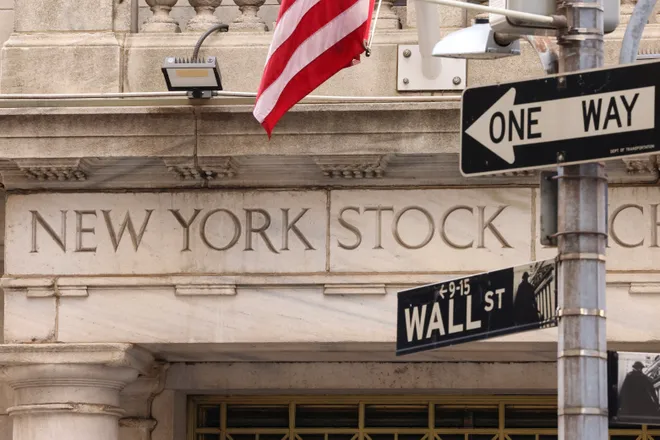Retirement accounts took a hit Monday amid a global market selloff.
The S&P 500 closed down 3%, while the tech-heavy Nasdaq composite dropped 3.4% and the Dow Jones Industrial Average fell 2.6%. It was the biggest daily drop for the S&P and Dow since September 2022.
While some investors may be worried about the state of their 401(k), experts say there’s an easy way to handle the dip: ignore the selloff and keep investing.
“Hold tight,” said Kristina Hooper, chief global market strategist at investment management company Invesco. “For most investors, they have a long-time horizon. It’s not measured in months. And so while it’s hard to do, putting on blinders is perhaps the best single decision investors can make for their portfolios.”
Why is the stock market down?
Monday’s selloff comes on the heels of the disappointing July jobs report released Friday that stoked recession fears.
U.S. hiring slowed as employers added 114,000 jobs – a steep decline from the 175,000 jobs economists estimated were added last month. Meanwhile, the unemployment rate was 4.3%, the highest since October 2021 and up from 4.1% in June.
The jobs report triggered the Sahm rule, a measure that says if unemployment based on a three-month average rises by at least a half percentage point over the past 12 months, the nation is likely in a recession.
Claudia Sahm, the former Federal Reserve economist behind the namesake rule, told Bloomberg Television it is unlikely the country is in a recession, but “we’re getting uncomfortably close to that situation.” Scott Wren, senior global market strategist at Wells Fargo, told USA TODAY that while recent economic indicators raise the risk of a recession, the odds of entering into one within the next 12 months are still low.
How far has the S&P 500 fallen?
The S&P 500 closed at a record 5,667.20 on July 16. Since then, the index has fallen more than 8%.
How far has the Dow fallen?
The Dow has dropped more than 6% since it closed at a record 41,198.08 on July 17.
What does this mean for me and my 401(k)?
While it may be tempting to halt investments or pull out money when prices are falling, experts say the best course of action is to avoid checking your 401(k) account and keep investing.
“You definitely would not want to stop adding money,” said Sam Stovall, chief investment strategist at investment research and analytics firm CFRA Research.
If investors are itching to take action during the dip, the better move might be to increase investments while prices are low, according to Scott Wren, senior global market strategist at Wells Fargo.
“This is an opportunity,” he said. “If anything, you should boost your percentage that you’re putting in when the market is down, because over time – two, three, five-plus years – it’s very likely to work out.”
Ryan Detrick, chief market strategist at financial services firm Carson Group, said these periods are “never fun” for investors, “but they are part of the process.” A market drop of at least 10% from a recent high – also known as a correction – happens about once a year.
“For longer-term investors, it is times like these that help you reach your goals,” Detrick said. “Buying when things go on sale is always a good strategy, even if it feels like the wrong thing to do in the moment.”
What does this mean for me and my 401(k)?
While it may be tempting to halt investments or pull out money when prices are falling, experts say the best course of action is to avoid checking your 401(k) account and keep investing.
“You definitely would not want to stop adding money,” said Sam Stovall, chief investment strategist at investment research and analytics firm CFRA Research.
If investors are itching to take action during the dip, the better move might be to increase investments while prices are low, according to Scott Wren, senior global market strategist at Wells Fargo.
“This is an opportunity,” he said. “If anything, you should boost your percentage that you’re putting in when the market is down, because over time – two, three, five-plus years – it’s very likely to work out.”

